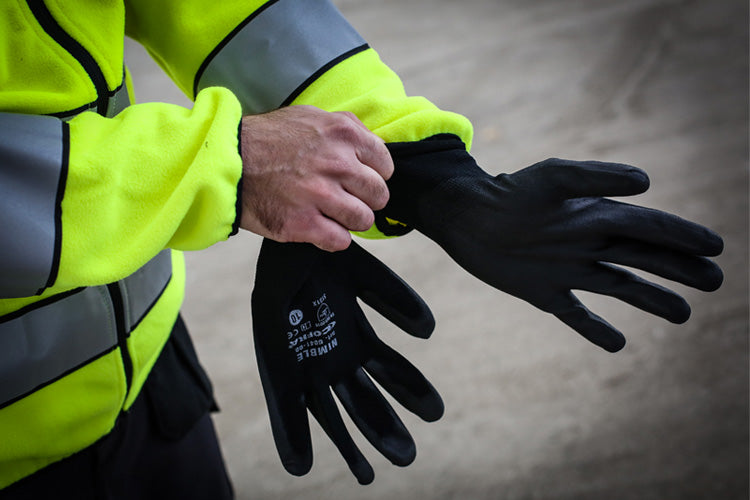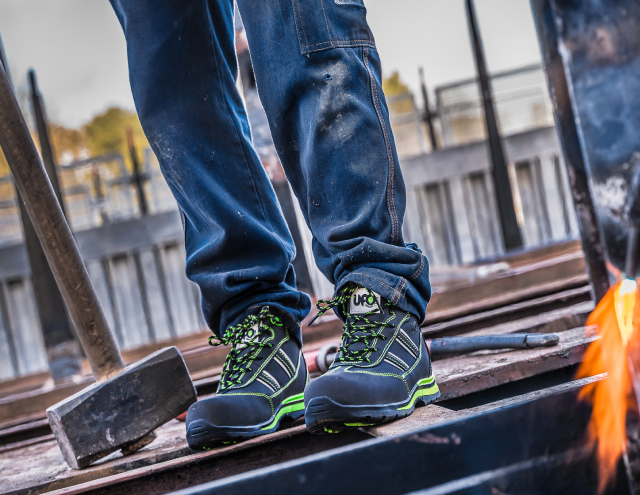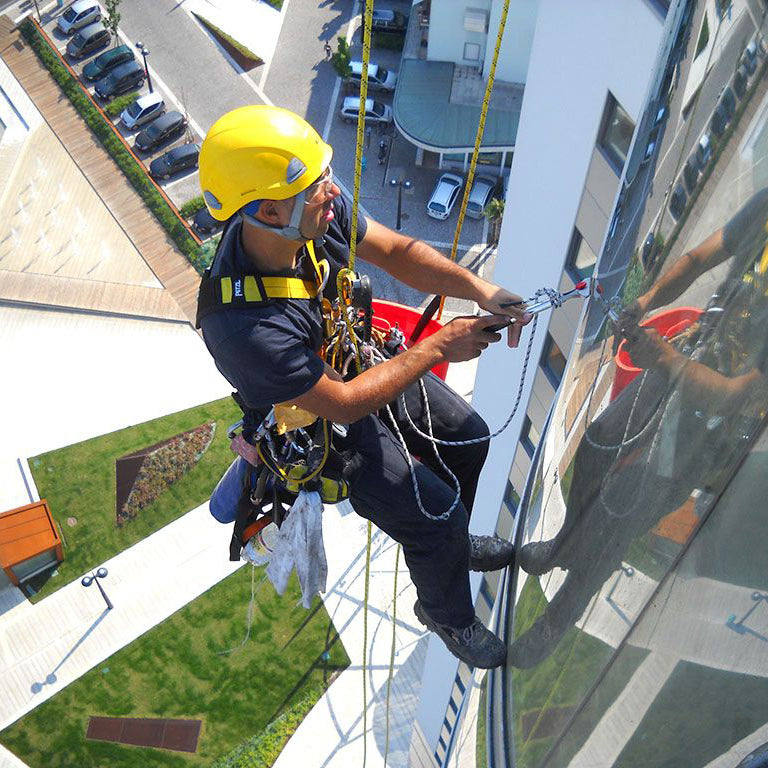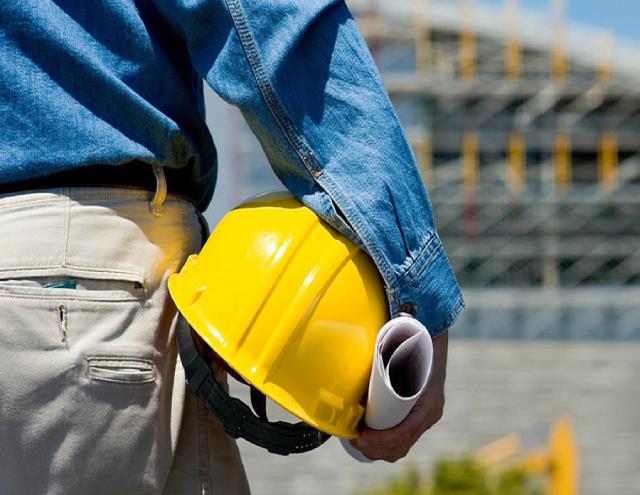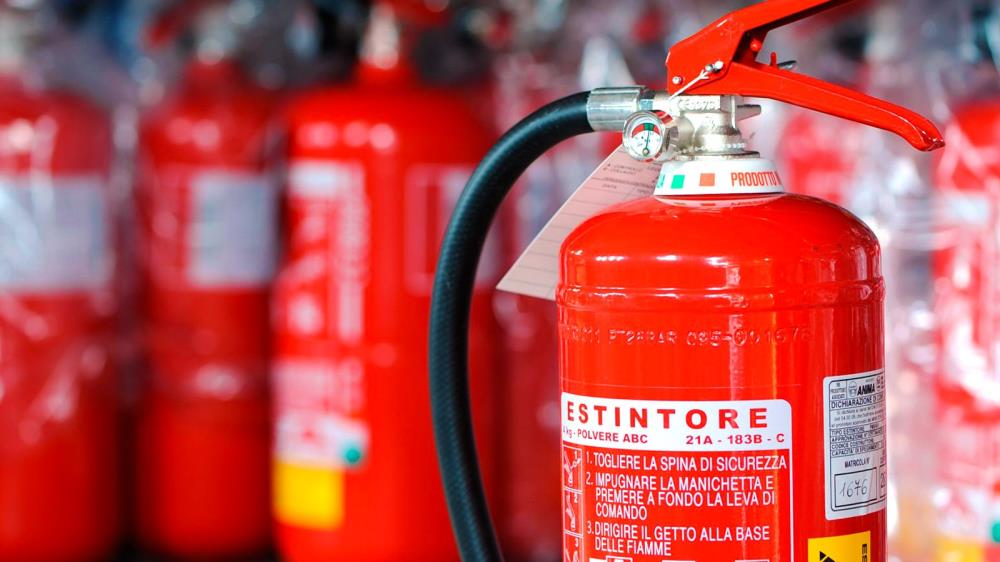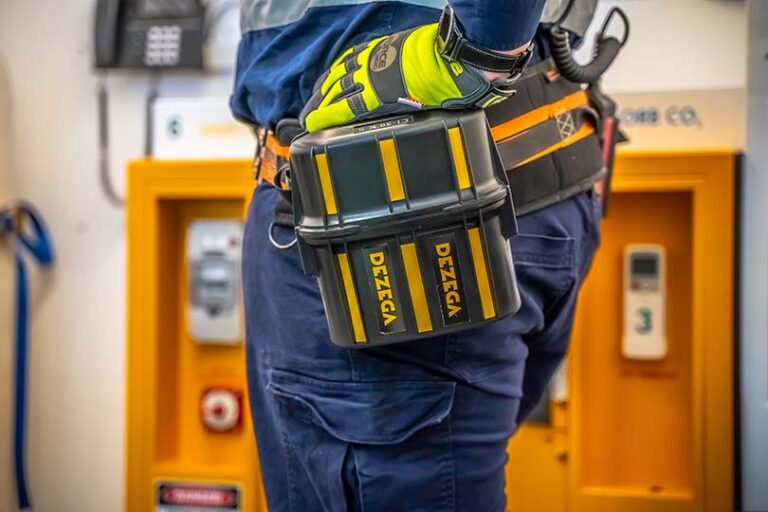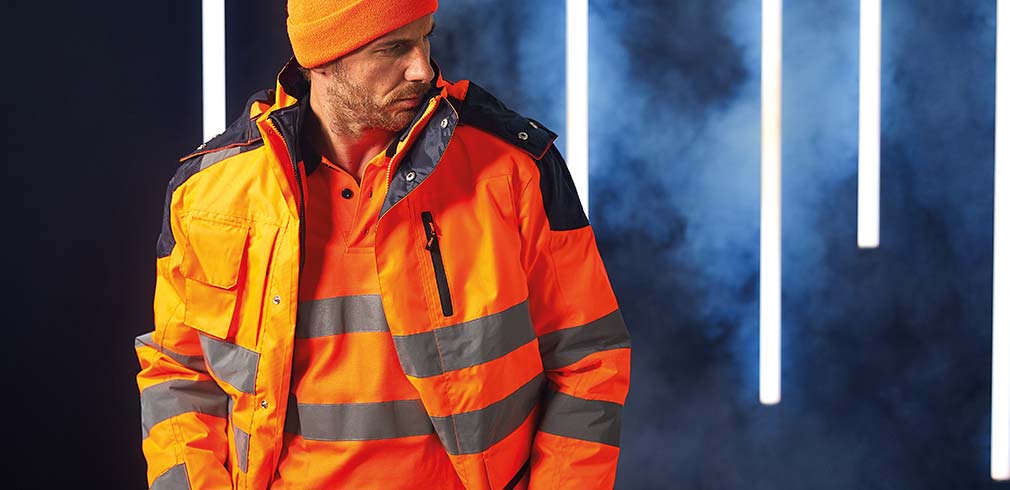The process of installing gas pipelines and their repair is of particular relevance in the modern world. For the assembly of both gas pipelines and the installation of various minor branches of gas pipelines, arc welding is traditionally used. This method of connection allows you to ensure not only high strength, but also absolute tightness. The last parameter is the most relevant, since the gas is transported through pipelines under high pressure.
Methods of welding gas pipes
The technology for welding pipelines must be chosen taking into account the diameters of the connected steel pipes and the thickness of their walls. Depending on these parameters, the following can be used for welding and repair of gas pipelines:
- gas welding.
When choosing a welding process, it must be taken into account that each process has certain specific characteristics. We offer a small analysis of these types of welding.
Manual arc welding
This is one of the most common technologies in the construction and repair of gas pipelines. This method can be used to weld gas pipes in various spatial locations. This is the simplest, cheapest and most convenient welding method.
Manual arc welding allows you to achieve a high-quality connection of pipe parts, since intercrystalline bonds are involved in the connection. Thus, the molten metal from the electrode rod and the edges of the welded pipes forms a single weld pool and, after crystallization, forms a weld bead.
Professional connection of gas supply pipes by electric arc welding is performed according to the following algorithm:
- Dirt, rust, oil and other contaminants are removed from the ends of the pipe blanks to be joined. For best results, they should be cleaned down to bare metal, especially if they have any rust on them.
- Using special devices or a grinder with a grinding wheel, sharp edges are formed. The cutting angle should at best be around 60° in total, i.e. 30° for each edge.
- The pipes to be welded are juxtaposed, even though they are necessarily centered coaxially with respect to each other.
- The welding process begins with the implementation of tacks 3-4 cm long, the number of which depends on the diameter of the pipe. However, you must take at least 3 seats. Also, the angle between them should be approximately 120 0 .
- After performing the turns, it is imperative to clean the start and stop of each turn, as well as check the alignment of the connected pipe parts.
- If the alignment is maintained, you can proceed directly to the final welding of the joint. Remember that each welding step requires rectification to eliminate any defects in the crater.
When connecting pipes with a wall thickness of up to 4 mm, it is recommended to carry out the welding process in one step. If the wall thickness is more than 4 mm, at least two passes should be performed with mandatory cleaning of the seam from slag crust after each pass.
Welding mig/mag
MIG/MAG welding of pipelines is based on arc welding using consumable steel wire (electrodes) in shielding gases. This welding process can be performed in semi-automatic or automatic mode. When mechanized, the operation of moving the welding torch is performed automatically.
The welding process according to this technology is based on the ability of a powerful electric arc created between a consumable electrode and a product to heat both the edges of the pipes to be joined and the filler wire to melt. The molten metal creates a kind of weld pool. At the same time, the welding zone is reliably protected from the negative effects of the environment by a gas (carbon dioxide or argon-based gas mixture), which is constantly supplied to the working space.
The MIG/MAG method can be used to permanently connect gas pipes made of both low and high alloy steels. The quality of the welded joint is directly influenced by factors such as:
- welding process parameters: welding current and voltage;
- feed speed of the filler wire;
- the quantity and quality of the shielding gas supplied;
- quality of edge preparation of welded pipes;
- properly selected welding consumables;
- adherence to welding technology.
Argon arc method
The use of non-consumable tungsten electrodes is the main feature of TIG welding. While they play an important role in creating an electric arc, they do not burn out during the welding process. The electric arc, due to its high power, melts the base metal - the edges of the connected gas pipes - and the filler rod supplied by the welder to the welding area. In order to exclude oxidation of the molten metal, destruction of the tungsten electrode and obtain high-quality and reliable welding, it is necessary to exclude access to the working zone of oxygen from the environment. This is effectively ensured by the constant supply through the welding torch nozzle of an inert gas - pure argon.
The formation of a seam occurs due to the action of the arc and one of two processes:
- metal melting on the edges of the connected pipe parts;
- melting of the filler wire (rod) which constantly enters the weld zone (supplied by the welder).
TIG technology is very popular in cases where welding of gas pipelines from thin-walled pipes is required.
Gas welding
This method of welding gas pipes is based on the principle of heating the ends of the parts to be joined to the state of melting and filling the gap between them by melting the filler wire. This technology does not allow to combine obtaining a high-quality welded joint, since a large heat-affected zone is formed and the mechanical characteristics of the metal are reduced. In this regard, this welding process is not able to provide high strength and durability of the joint when welding gas pipes.
For gas welding it is necessary to clean the ends of the pipes to be joined to a metallic sheen. This method allows you to weld pipes with different cross-sectional configurations. It does not require trimming at their ends.
As described above, welding gas pipes can be done in several ways. The choice of the optimal technology depends primarily on the geometric parameters of the connected pipe parts and the functional purpose of the gas pipeline. However, to obtain the most durable and high-quality weld joint, it is recommended to use the electric arc method.


